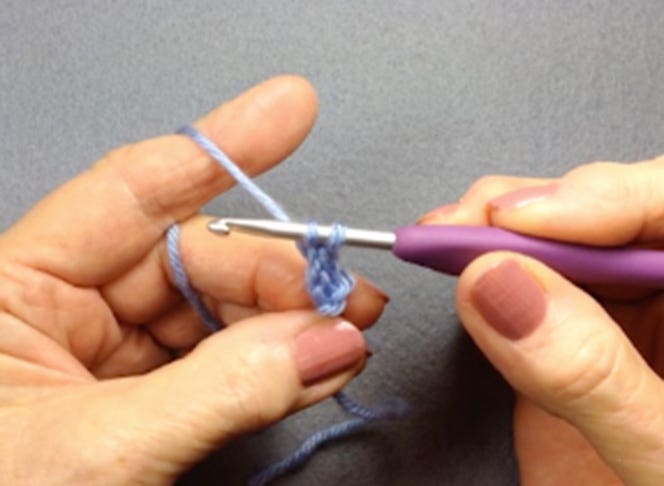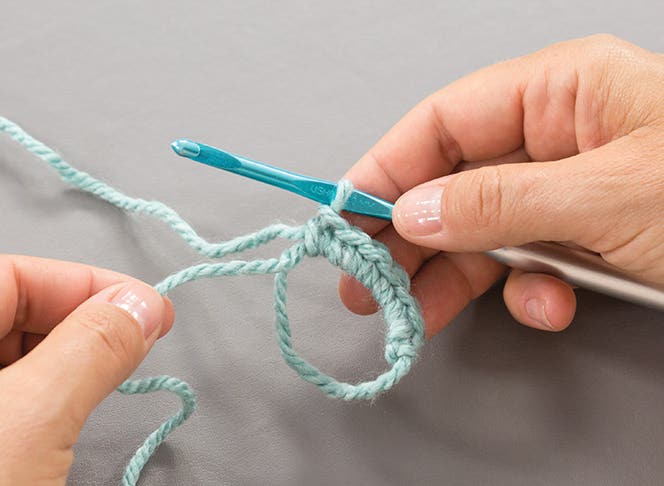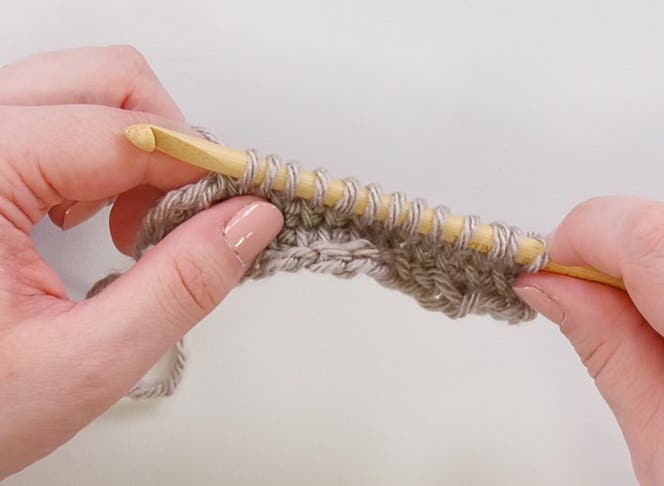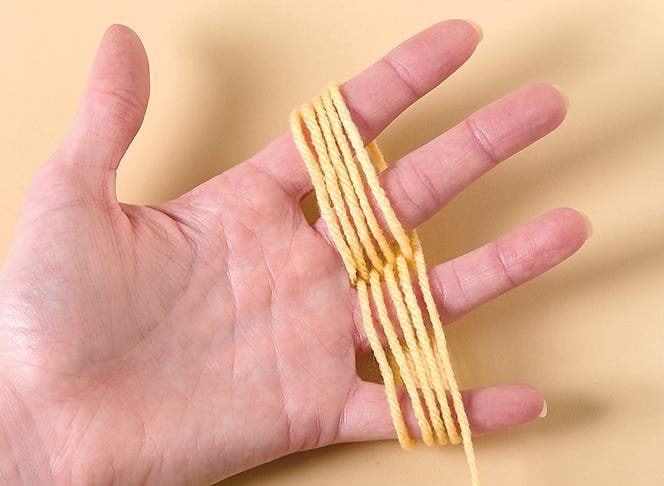Crochet Techniques
Gain a better understanding of some of the different techniques used in crochet such as colorwork, Tunisian stitching, crocheting around a ring and more.
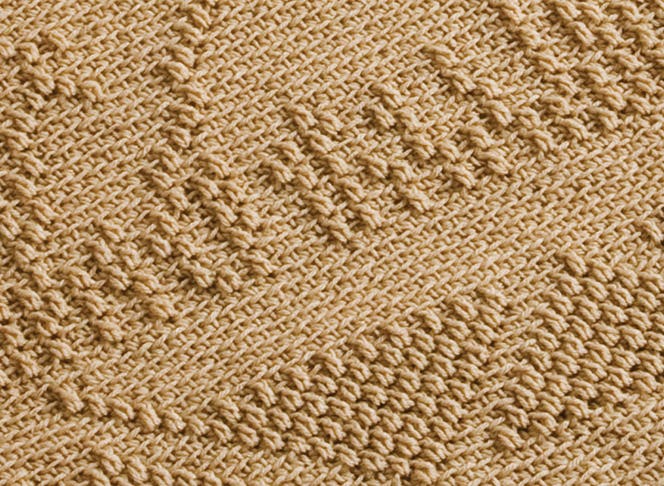

Charted picture afghans are worked differently than traditional afghans. These afghans use a form of mosaic crochet ...
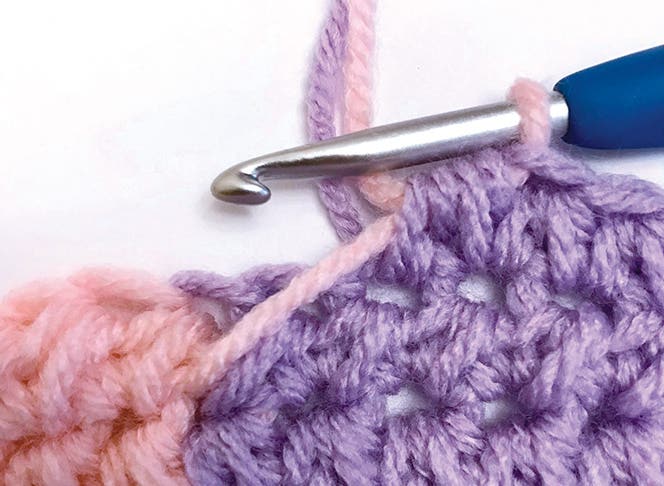

There are many types of crochet colorwork: intarsia, Fair Isle, tapestry, etc. Intarsia is worked when you have large sections of color.
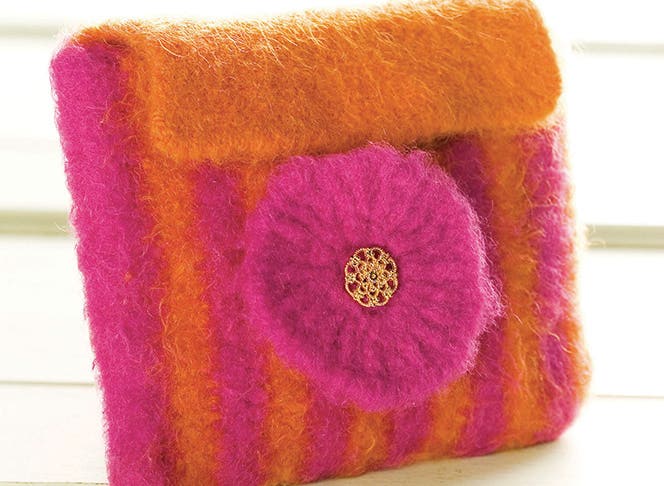

Felting is the process of shrinking and matting wool -- even the wool on sheep will felt if it is subjected to moisture, heat and pressure!
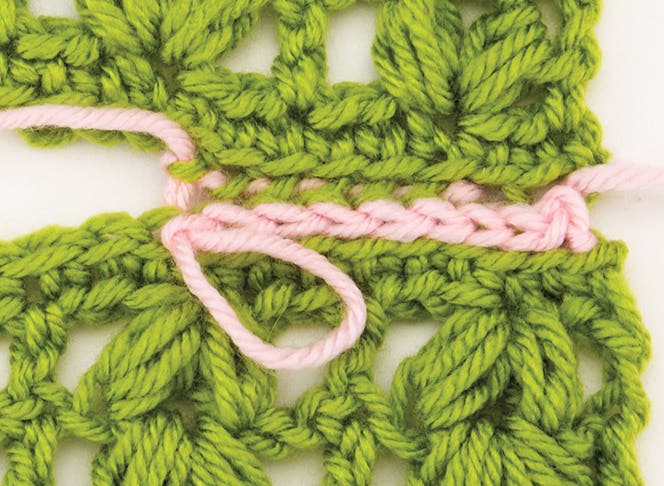

The layered edge slip stitch seam provides a neat and tidy edge when joining two solid blocks together. You may also see this ...
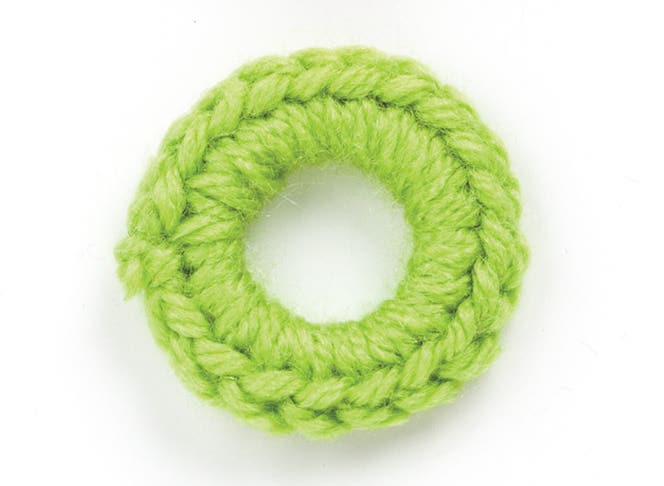

Sometimes crochet projects use materials in addition to yarn and hooks to create unique projects. You might make an ornament around ...
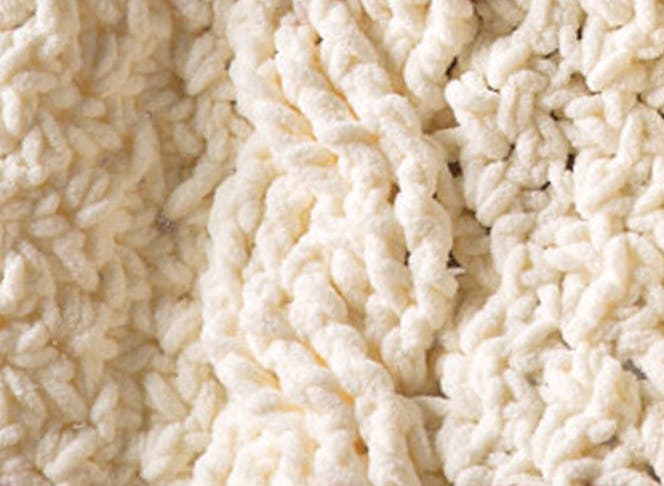

Crochet cables are created by changing the order in which the stitches are worked so that they crisscross each other in different ways.

